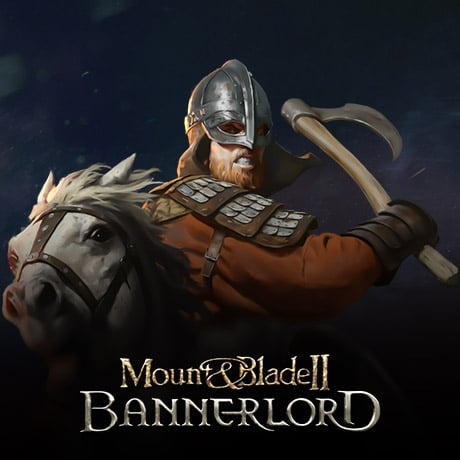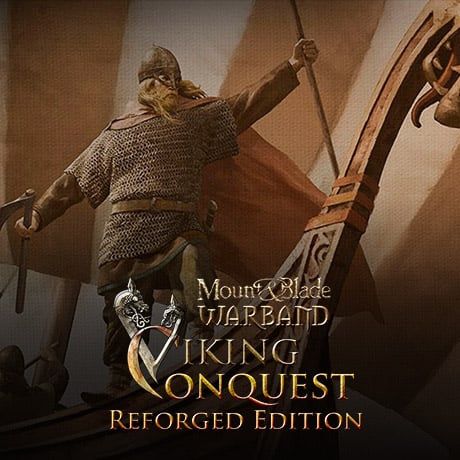
32-player "Grand Gettysburg" Kriegsspiel-event's pictures from the umpire-table. Most of the 32 players were unlikely to be able to see more than a few grids, due to the simulated fog of war.
Kriegsspiel is a wargame where you are a general in an army - and you are limited in a similar way!
For example, you cannot see farther than your general piece could realistically see on the board. Communication is primarily done by couriers, and actually discussing with other players is restricted unless you are close to them.
Simulating fog of war like no other wargame. With all of this in place, you really feel the constraints and difficulties of leading men in the era of Napoleonic Tactics.
We run weekly games on Saturday at 11 AM EST / 4 PM GMT. We also have some large campaigns, where each battle has an effect on the next.
Sign ups are also open for our huge 25+ player Grand Antieteam game, and for our operational Chancellorsville play-by-post game!
As of now our games revolve around 18th and 19th century warfare, but we're in the process of adapting the game system to the 1930s and 40s.
Everyone is welcome! https://discord.gg/mw7Jm5e5Dt
How is Kriegsspiel played?
"Each team is given command of an imaginary army, which is represented on the map using little painted blocks. Each block represents some kind of troop formation, such as an artillery battery or a cavalry squadron. The players command their troops by writing their orders on paper and giving them to the umpire. The umpire will then read these orders and move the blocks across the map according to how he judges the imaginary troops would interpret and execute their orders. " https://en.wikipedia.org/wiki/Kriegsspiel
Playing is easy. By nature Kriegsspiel doesn't have any rules. Players only have to proceed like they would in a real life situation, giving any orders they wish to their troops, sending couriers to other players as they see fit etc.
As such, all the player needs is a very basic understanding of battlefield tactics. How the game itself works, is quickly understood in a few minutes of game-time.
The majority of games are not competitive, Kriegsspiel can be viewed as a realistic strategy game fit for roleplay, or as a training platform for officers.
Plunders and errors are what make the game fun, and add to the "human"-aspect of the game.
Umpires meanwhile execute the orders in a realistic fashion, resolve combat, transfer courier dispatches etc. Only the umpires know of the few "rules" set in place, which tend to just loose guidelines created by the players on how to resolve combat in different circumstances via dice, how far different units can move on different terrain etc. The creator of the scenario often tends to be "the head umpire."
The only thing a player needs is Discord https://discord.com/ , for giving out orders and communicating with other players. Umpires require Tabletop Simulator https://store.steampowered.com/app/286160/Tabletop_Simulator/ in addition to it, to be able to oversee the scenario via the umpire table. Owning TTS can be helpful as a player, as it allows the player to freely view the map on their own, but it is not required, as umpires can provide them with a picture of the map.
Usually, the game consists of 20 minute turns, divided into a 10 minute player-turn, and a 10 minute umpire-turn. During the player-turn, umpires via discord send their player(s) a time-update (1 turn is often 15 mins in-game), a screenshot showing what the player sees, possible courier messages they've received, and a report of anything noteworthy, like the sound of musketry far west, or a battalion being slowed down by difficult terrain. The screenshot, showing the player's point of view, is taken from the umpire-table by the umpire. The umpire simulates fog of war by limiting the information shown in the screenshot by simply bordering the picture, zooming in or out. The player's point of view is restricted by the terrain around him, if he moves himself and his staff on a tall hill, he might see the enemy formations in the distance. As the firefight goes on, his view of the battlefield is gradually reduced, as the thousands of muskets being fired cover the battlefield in smoke.
Towards the end of the 10 minute player-turn, the umpire requests any possible orders the player has. Then the game proceeds onto a 10 minute umpire-turn, where the umpires execute the players' orders according to how troops realistically would perceive them, how terrain would affect movement, seeing which units are running low on supplies etc. Couriers are sent on their way, and any combat is progressed. Most games tend to have one umpire per two or three players to keep the game smooth. The role of an umpire is quite popular, as it allows one to appreciate the battle unfolding from a bird's eye-view, and gives experience that might come to use if one wishes to host their own scenario.
Counting both players and umpires, the Grand Gettysburg -game had actually 50 participants in total.
Most of our games are quite lengthy sessions, our largest game, Grand Gettysburg, lasted 7 hours. 90% of the players played till the end though!
We also host play-by-post games, similar to PBEM-games, where games last for several weeks, and turns can take entire in real life days.
Usually, the game consists of 20 minute turns, divided into a 10 minute player-turn, and a 10 minute umpire-turn. During the player-turn, umpires via discord send their player(s) a time-update (1 turn is often 15 mins in-game), a screenshot showing what the player sees, possible courier messages they've received, and a report of anything noteworthy, like the sound of musketry far west, or a battalion being slowed down by difficult terrain. The screenshot, showing the player's point of view, is taken from the umpire-table by the umpire. The umpire simulates fog of war by limiting the information shown in the screenshot by simply bordering the picture, zooming in or out. The player's point of view is restricted by the terrain around him, if he moves himself and his staff on a tall hill, he might see the enemy formations in the distance. As the firefight goes on, his view of the battlefield is gradually reduced, as the thousands of muskets being fired cover the battlefield in smoke.
Towards the end of the 10 minute player-turn, the umpire requests any possible orders the player has. Then the game proceeds onto a 10 minute umpire-turn, where the umpires execute the players' orders according to how troops realistically would perceive them, how terrain would affect movement, seeing which units are running low on supplies etc. Couriers are sent on their way, and any combat is progressed. Most games tend to have one umpire per two or three players to keep the game smooth. The role of an umpire is quite popular, as it allows one to appreciate the battle unfolding from a bird's eye-view, and gives experience that might come to use if one wishes to host their own scenario.
Counting both players and umpires, the Grand Gettysburg -game had actually 50 participants in total.
Most of our games are quite lengthy sessions, our largest game, Grand Gettysburg, lasted 7 hours. 90% of the players played till the end though!
We also host play-by-post games, similar to PBEM-games, where games last for several weeks, and turns can take entire in real life days.
If you want to see umpires or players in action, there's plenty of videos of games on the International Kriegsspiel Society youtube-channel: https://www.youtube.com/c/InternationalKriegsspielSociety
Grand Gettysburg Game Casters' POV from the umpire table, with player interviews and such
Union 5th Corps' commander's POV, showing how he receives orders from the Commander-in-Chief and sends orders to his Division Commanders, all played by players. Displays how the game works from a player's POV
Battle of South Mountain umpire table POV, part of the Battle of Antietam. Displays the game in action from the umpires' POV







